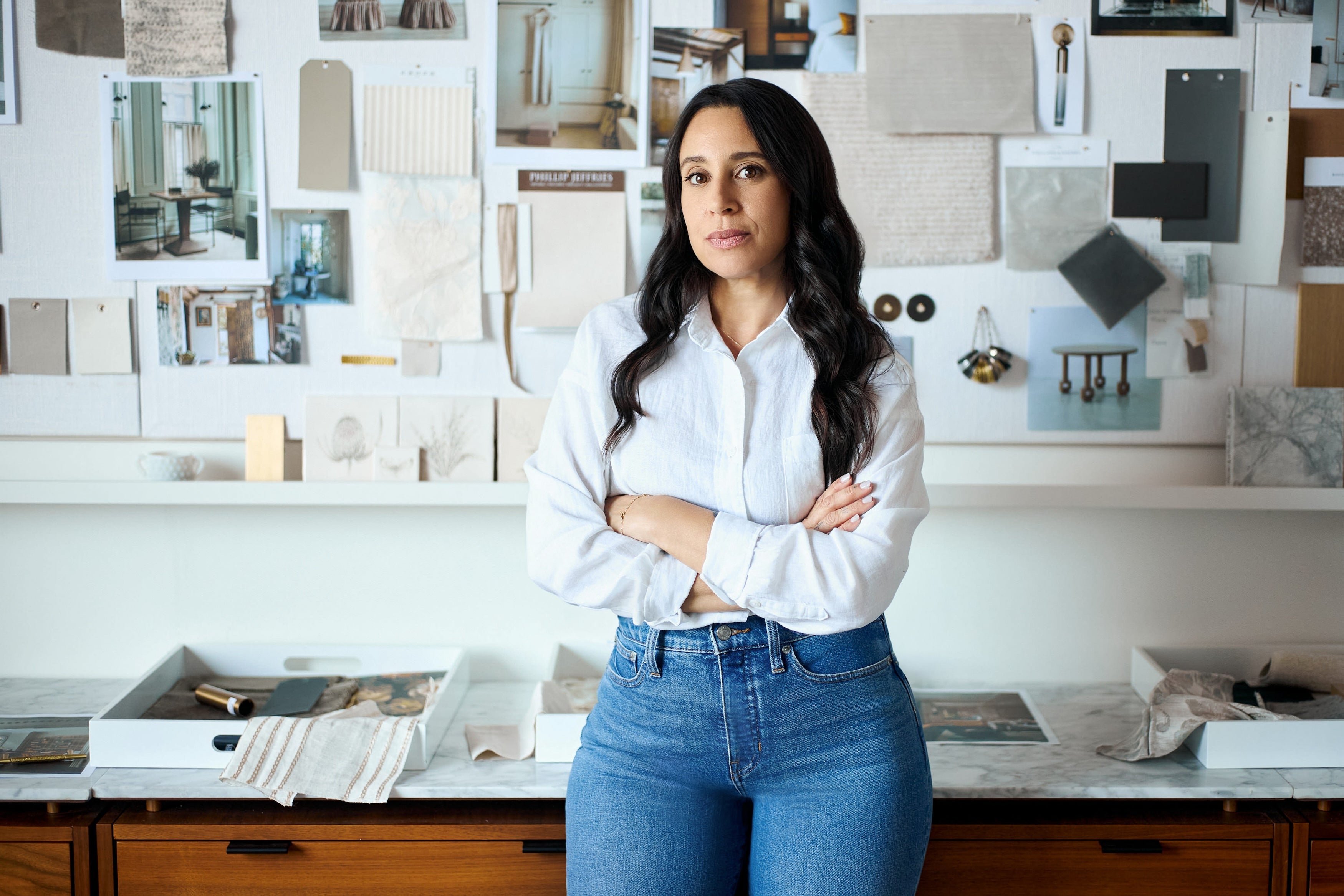The 50 States Project is a series of candid conversations with interior designers across the country about how they’ve built their businesses. This week, Philadelphia-based designer Alexii Friedman tells us how she created a profitable firm without always charging a markup, why she doesn’t mind when clients shop on their own, and how she’s designing projects that elevate her hometown’s heritage without getting bogged down in history.
What prompted you to launch your own firm?
I was always involved in the fine arts as a kid. When I was applying to colleges, I saw that the arts college I was interested in had an interior design program and knew immediately that that’s what I wanted to pursue. After college, I had my sights set on working for a firm in Los Angeles or New York, and I was offered a position at a New York firm that I was in love with. They practiced architectural, landscape and interior design, and that’s where my career started. Fortunately and unfortunately, this was during the recession. Starting at a junior level meant that I was able to climb that ladder so much faster than I probably would have at another time, because I was able to take on a larger role on projects as the senior-level staff was let go.
It’s so terrible to watch the people you work with get laid off. But then you got to step up a little bit.
It was devastating, but I was also able to get hands-on experience in every aspect of a project, which is not always the case [at a big firm]. Working alongside the principal, being client-facing—at that time, it was scary, but I also was like, “Let’s do it.” I stayed with that firm for about seven years.
What made you decide to leave?
I had a son, and we had a nanny watching him while my husband and I worked. I felt like I was missing out on motherhood a bit. About a year before he was about to start school, I went to part-time so I could spend more time with him, and then left the firm to be a full-time parent—and then quickly realized that is not what I wanted. I was missing the art and design, the collaborative environment. That’s where I really thrived. So I started taking on projects here and there, very organically, just to fulfill that need. And as the work started coming in faster and faster, I realized, “I have a business.”
How did that realization change your approach?
I was working by myself out of a studio in Brooklyn, and I’d bring on another designer or an architect that I was friendly with to help me as needed. A few years later, I partnered up with an old friend and colleague who was also a designer, and we worked together for a few years.
I moved back to the Philadelphia area several years before I relocated my business there, so I was still working in New York but constantly putting myself out there in Philadelphia, meeting friends of friends who were looking for a designer, and taking a small kitchen renovation here and there. It was a slow build—I wanted to take smaller projects in the area before I felt confident being a two-city company and taking larger jobs. In the summer of 2019, I decided to move the business to Philadelphia. That’s when I ended my partnership and created Studio Friedman.
Did you feel like you had a good foundation to build on, or were you starting over?
It definitely was not starting over. Philadelphia and New York—to me, they’re cousins. There’s so much crossover, so I was able to keep a lot of my New York clientele while building new relationships in that region pretty easily.
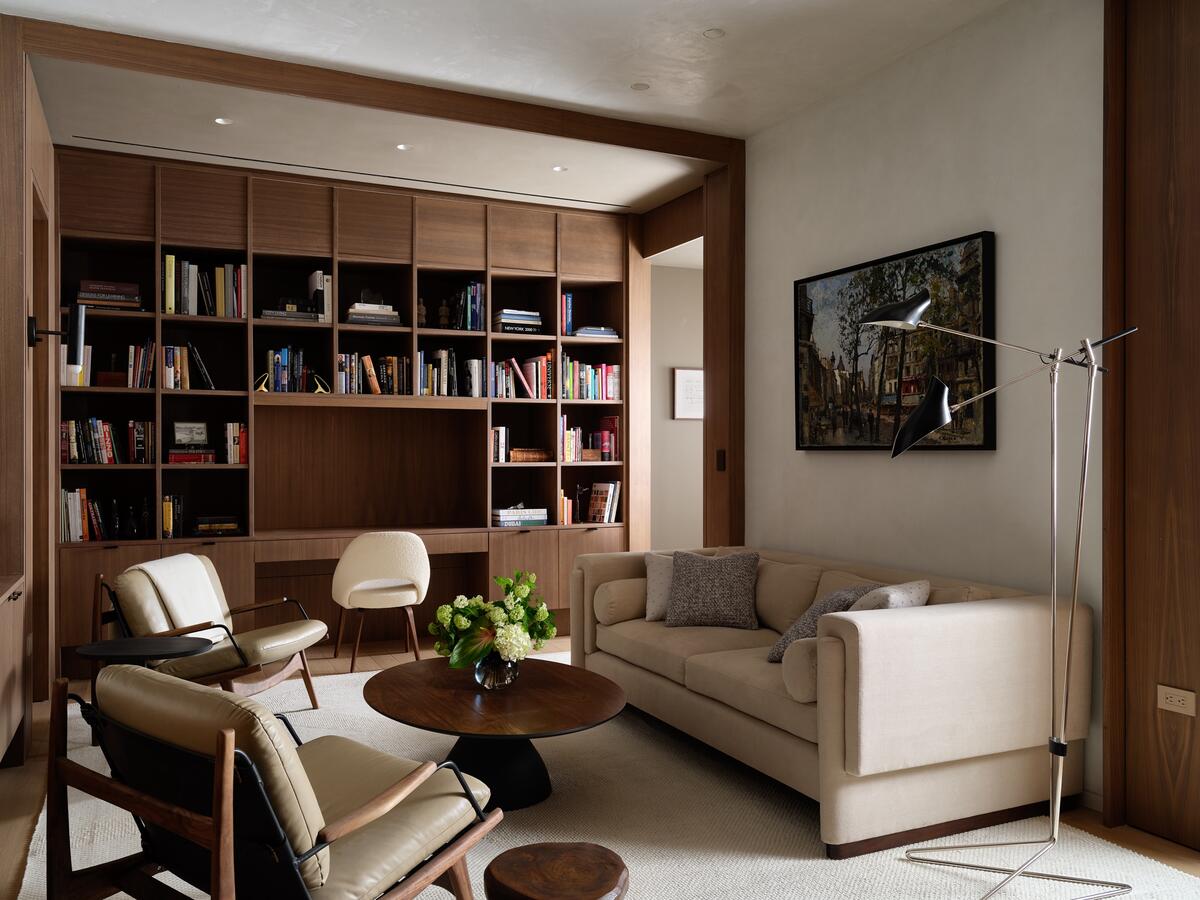
You moved just in time to get established before the pandemic. How did that shift the trajectory you had planned for the firm?
It changed, that’s for sure. I had a business plan, got everything up and running, hired a designer, project manager and design assistant—and then the pandemic hit and we had to pivot. We were so busy, so we had to not only figure out a new approach to communicating with clients and being collaborative with the team remotely, but also pick up the pace.
How much of that change is still part of your day-to-day workflow?
The projects and decision-making are happening at a more rapid pace because we’re more accessible. We know we can do more presentations remotely, and we have so many more visual tools to communicate now. Those remote presentations have become common practice, which makes us more efficient.
One of the things I’ve been hearing a lot from designers is this general sense of exhaustion from the pace of the industry—how fast clients want things. But as you were talking about digital tools, I started to wonder if that is what has led to that sense of urgency—because of the tools that make decision-making faster. Do those digital tools feel like an improvement for you?
I think they have pros and cons. I do feel that the information comes so much faster now, and it’s harder to keep up. We know that we can turn around reselections quickly, for example, but we’ve already prescheduled our time. So where do we fit that redesign in when we can send that back to a client digitally now? That’s where the pace gets exhausting. But it’s also nice to have the decision-making process expedited, because oftentimes, at least for me, I feel that decisiveness is what makes or breaks the project.
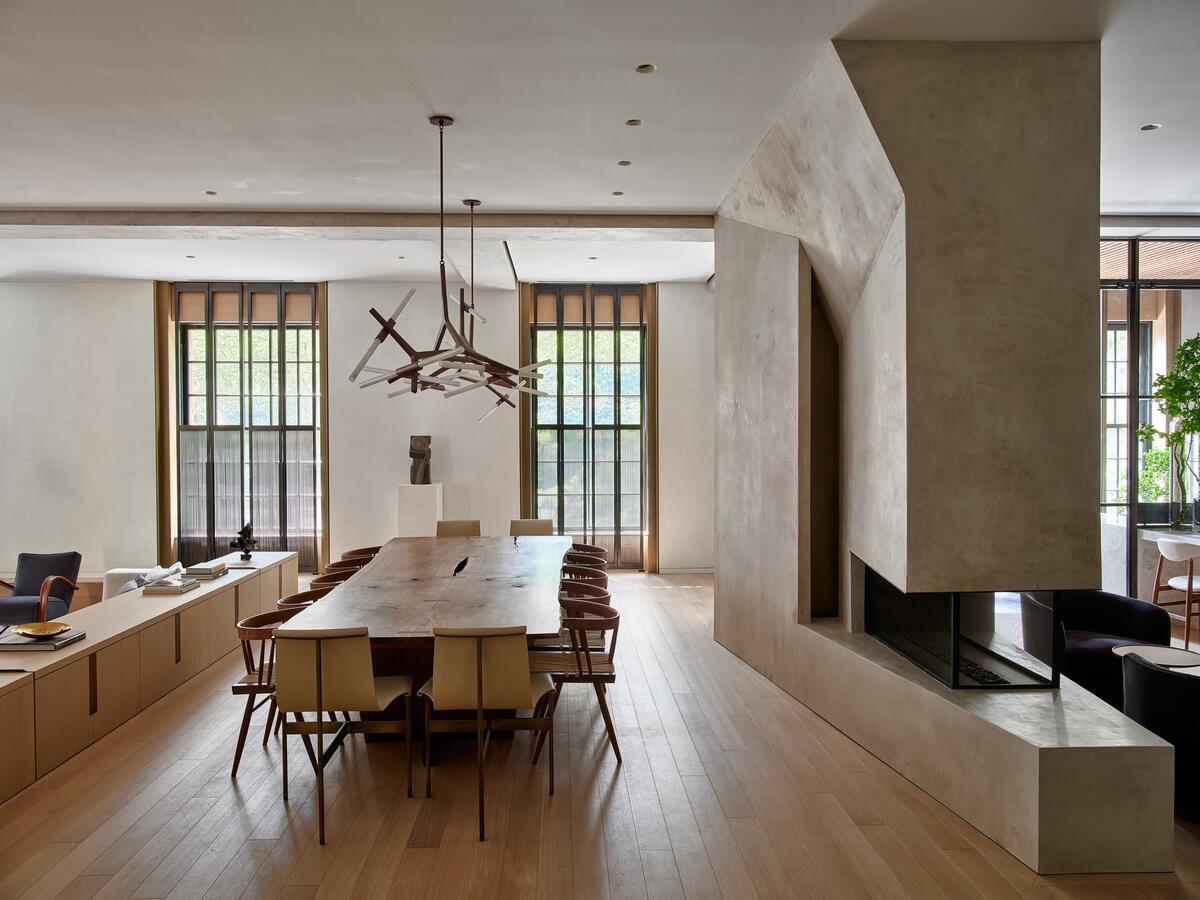
What’s shaping your experience that is unique to working in Philadelphia?
When I was growing up in Philadelphia, I always found the design here to be a little stuffy. It’s an area that is rooted in tradition, and I wanted to go somewhere with fresh energy and ideas, that was at the forefront of what’s cool. But now, I’m able to bring those desires that I had as a young designer living in that city into projects here. I see the design language changing here and I want to be part of that.
Is it hard to get clients to embrace new ideas?
Trends have such a huge impact on what clients are looking for—and right now, I think that those trends are having a positive influence. It’s easier than ever for homeowners to get their hands on good design, and I find that they’re coming to me with better and better inspiration. But as I’ve found my niche in Philadelphia, one of the most challenging parts has been finding clients—and even teams that I’m collaborating with—who are interested in the same goals.
This city has these deep historical roots, which means that [interiors sometimes] feel a little bit heavier. Clients who are from Philadelphia want to celebrate that, so they don’t want to get rid of that completely. It’s about taking that base and cleaning it up a little bit—and by that, I literally mean that we will pull things that have cleaner lines and take a less-is-more approach.
Sometimes, though, it goes another way: I had a client who was really stuck on celebrating Philadelphia in the design, but they loved modern and postmodern styles. Our way of bringing Philadelphia into that project was to work with local craftspeople. That’s something we’re very rich in—I mean, George Nakashima’s entire compound is 45 minutes away, in New Hope, Pennsylvania. We were able to go to the studio together, meet Mira [Nakashima-Yarnall, the late furniture designer’s daughter and the director of his studio] and [source] the dining table, chairs and a bench. And then because she was so keen on those connections, we placed a sculpture by [Harry] Bertoia in the room as well. I always love a history component, even if you don’t know it when you’re looking at it, so when we needed a sculpture for the room and we already had all those Nakashima pieces in there, I thought, “Well, Nakashima and Bertoia were friends. They were collaborators back in the day, and they can collaborate together now.”
We also fabricated a custom rug in the study for that project, where we cut the fibers to create a three-dimensional design. It’s all white, so you only see the design through a textural shift. I took the plan of how the paths flow through Rittenhouse Square Park, which is right across the street, and that was the gridded pattern that we cut into the carpet. It’s subtle, but we were able to kind of nod to all of these Philadelphia details without going overboard. You’re paying respect, but you don’t feel as though you're weighed down in history—it’s beautiful, but a little lighter.
How do you define the aesthetic parameters of the work you’re doing?
If you look at my portfolio, it might lack a continuity in one type of design, which has always been something I was a little self-conscious about. But at the end of the day, I’ve always been a modernist, and I try to bring that language to my work—the balance, clean lines, the sense that everything is tailored and purposeful—no matter what the language of the project.
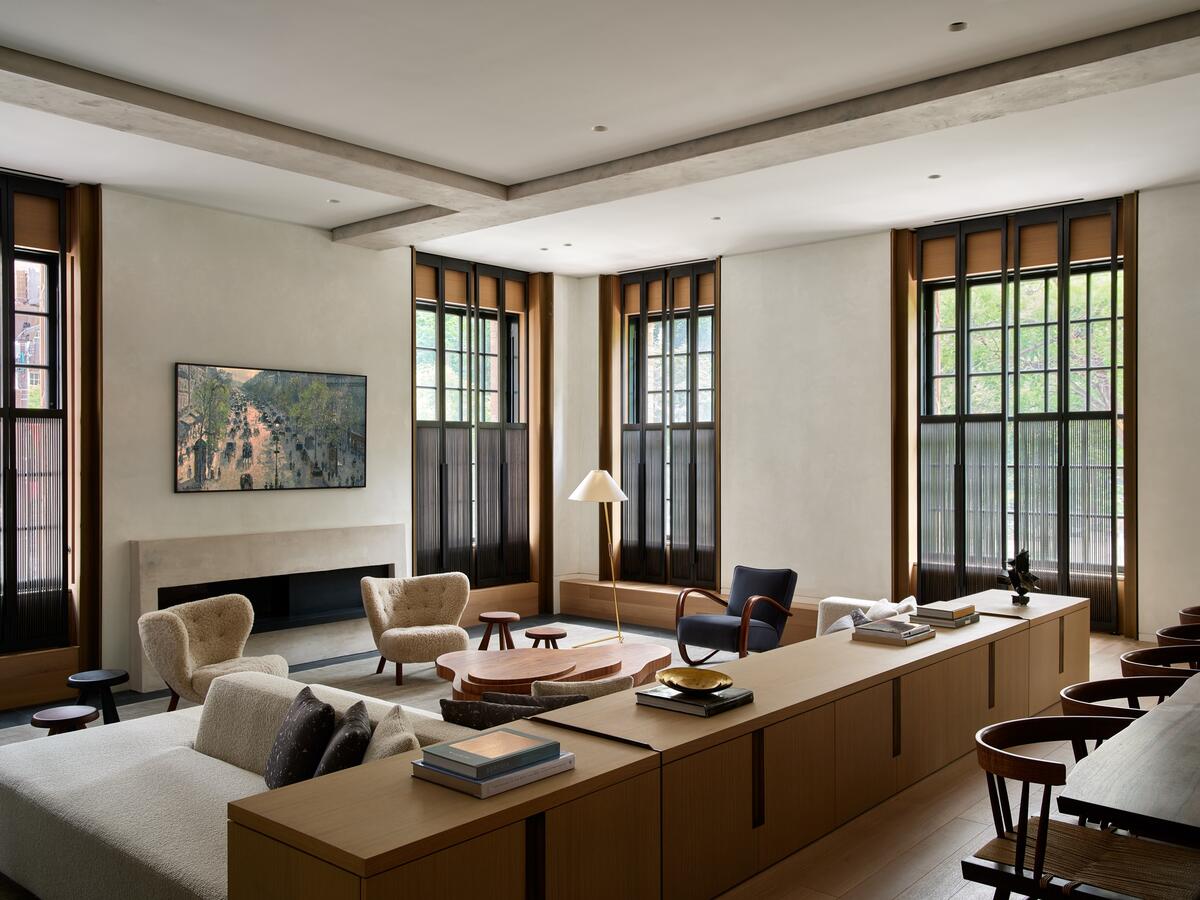
What does your team look like today?
We’re the same small team today. I have a project manager whose role is basically administrative; an interior designer who is also client-facing; and a design assistant.
Have you always maintained that structure?
The firm’s size has fluctuated a little bit, but we’ve never been more than six, including myself. At one point, I had a senior designer on staff. It was supposed to allow me to step back, but I had a hard time stepping back, as I’m sure most business owners do—we want everything to be perfect and we always want our clients to be happy. In practice, I never really stepped off any project in full, but the senior designer role did help me manage the workload.
When my senior designer left in February, I decided not to fill in the position. We’ve seen a slight shift in the market over the past year—the jobs aren’t coming in as frequently as they were before, and even though we’re busy, our heads are not below water like they have been in the past. It meant that I’ve been able to manage that change without having to make a hire.
Do you have a sense of what’s driving that shift in tempo in your market?
It might be the uncertainty of our political climate right now—I don’t want to blame everything on that, but I do think that plays a huge role. Our clients are also watching what’s happening with the stock market, and I think that they are holding back a little bit to see how things shake out. But we haven’t seen it to a point of being worrisome. We were bursting at the seams post-Covid, so I think the industry is just finally settling itself.
I try to think about ideal project load—you know, what do we need to be successful? What would be ideal to grow? I’m always trying to work through what those projections should be, and taking a detailed analysis of how we’ve been working, what could be improved, and so on. But the past few years aren’t great for comparison.
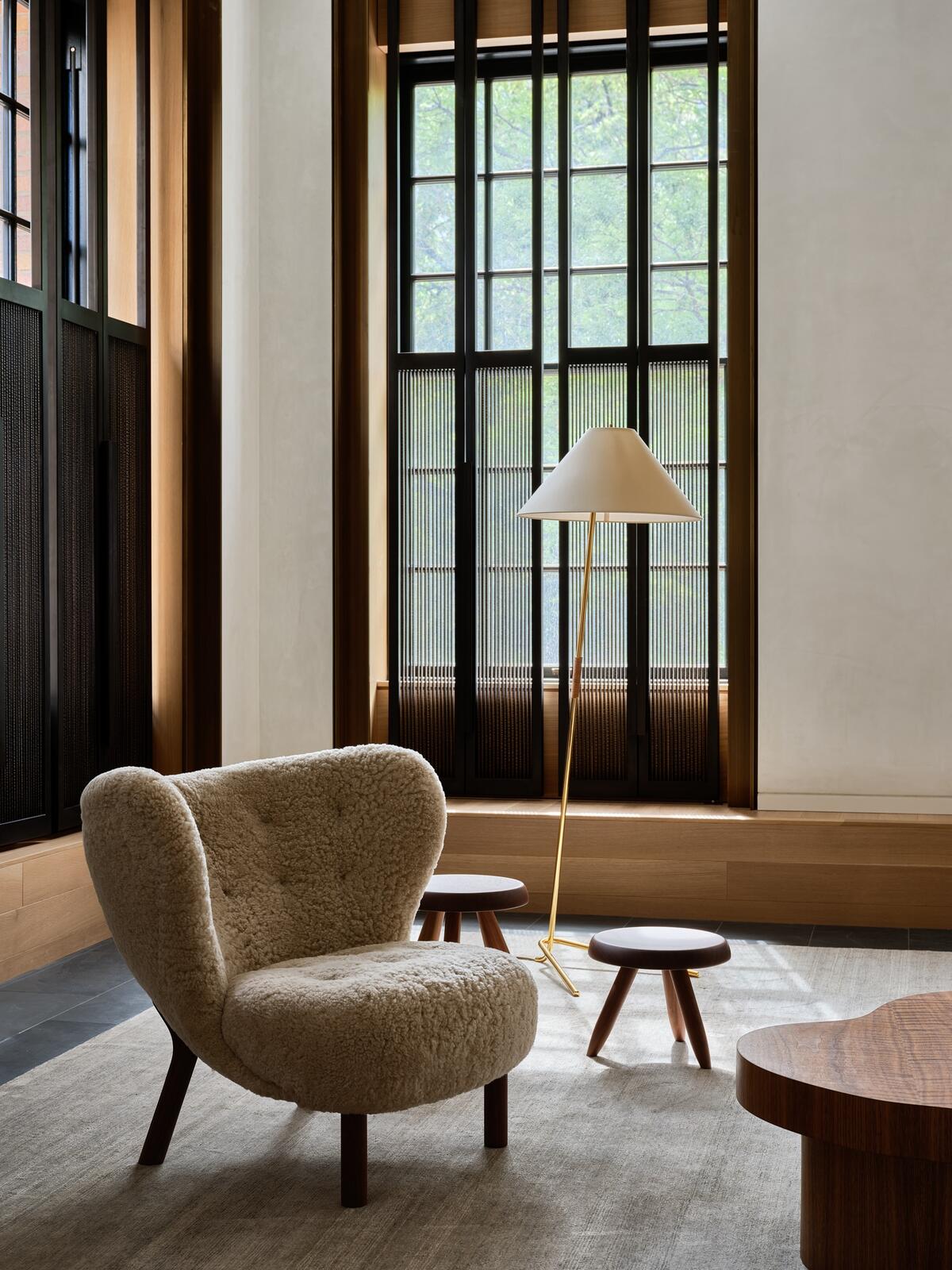
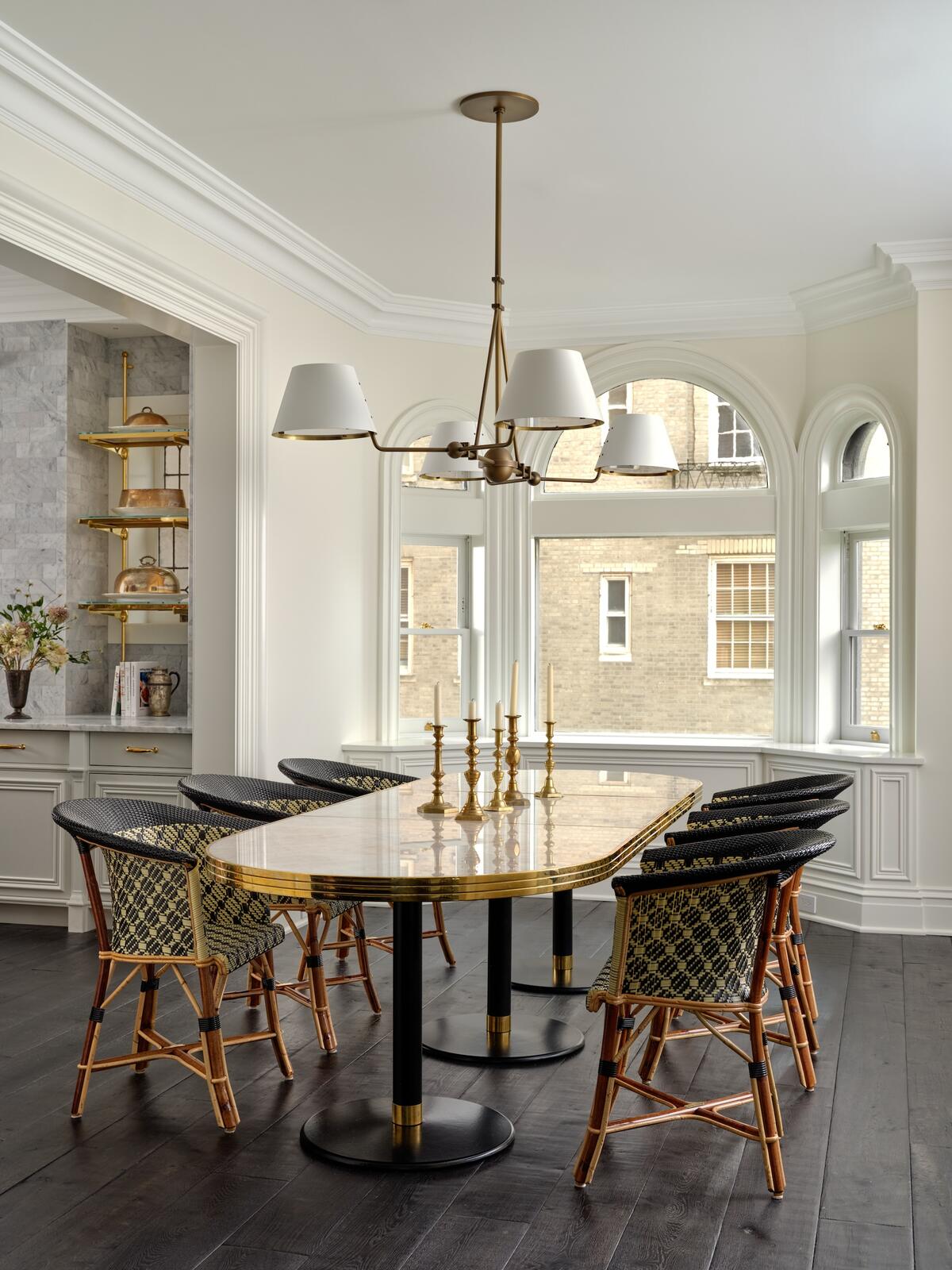
What are the pieces of running a business that have tested you the most?
Client relationships. That’s the foundation of successful projects—I mean, anyone can have a beautiful design, but it can go to shit very quickly if it’s not handled well. And I’ve always tried to handle any unsavory situation with grace and make sure my clients know that they are important to us, even if we’re going through something that is not going as planned. When you veer off course, it’s so important to make sure everybody understands the situation, and that you’re handling it in a way that feels transparent for everyone involved.
How do you build that trust throughout your process?
Any time we start a new project, I always meet the potential client—whether that’s a meet and greet, or they want to give me a tour of their house, or even over a Zoom call, I want to see them face to face and have a conversation with them, because so much of this process is about feeling comfortable. I’m asking: Tell me about your family, tell me about your life, tell me about your needs. What are you looking for? What do you want to get out of this? It’s a lot like a conversation that you might even have on a first date, where it’s like, “Let’s see if this jives, because if it’s not a good fit, that’s OK and we can move on.”
What are the red flags where you’re saying no to a job because it just doesn’t feel like it could be a good fit?
Unrealistic expectations, first and foremost. If someone wants a job completed from beginning to end in a very compressed amount of time, there’s no way I’m going to commit to that. It’s OK to be uninformed as a client, but if [realistic timelines] don’t register with them, they’re not going to understand or respect that design takes time. If we’re being communicative about [realistic expectations] from the start, that’s fine, but I won’t commit myself or my team to expectations that we know we can’t fulfill.
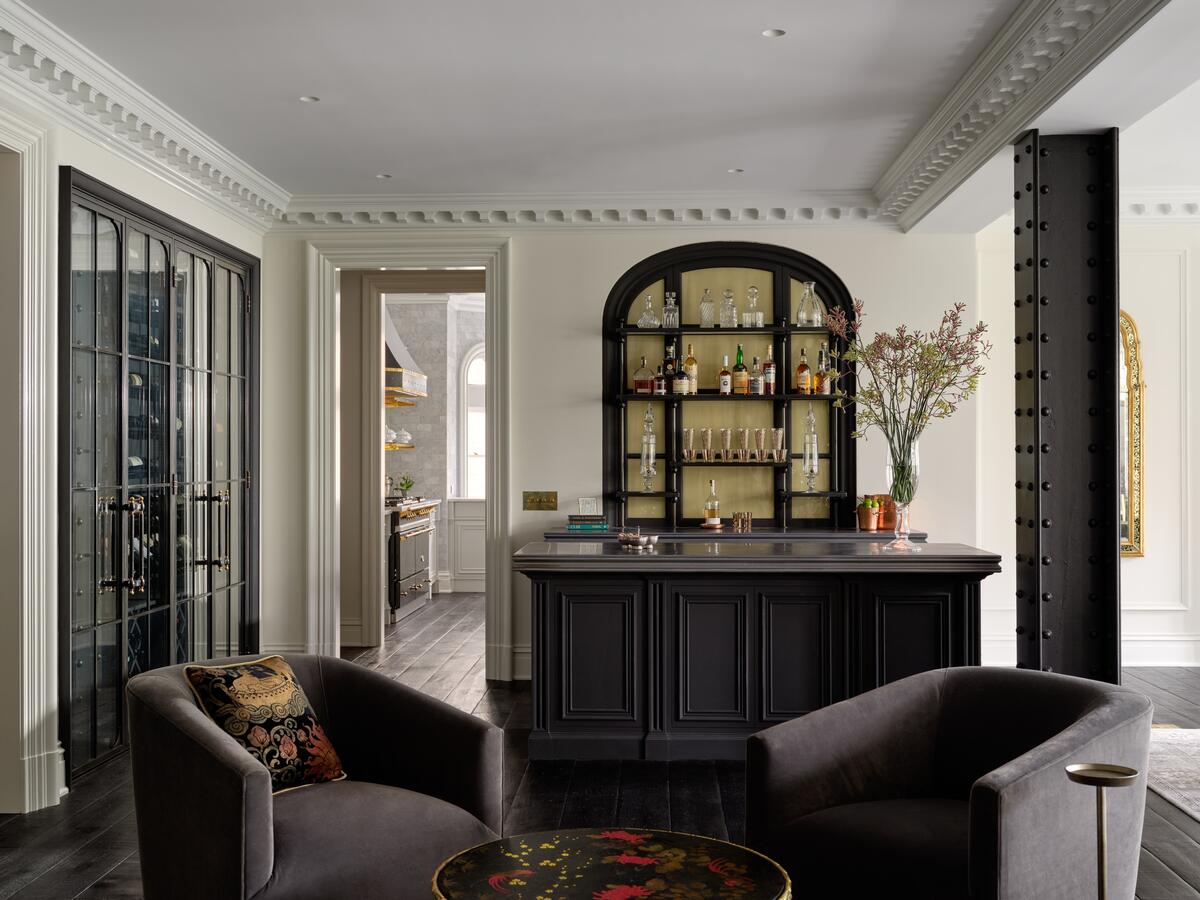
What does the sourcing process look like for you?
Everywhere and anywhere. We pull from a lot of online sources, which is another change to our business that feels Covid-related. One of the things that has come out of our experience of Covid is we’re buying so many things blind now. What I mean by that is that before, I would go shopping with clients all the time. We would try things out in the shop—check out the comfort level or the feel of the fabric. And then during the pandemic, it was like, “Do you like the picture of the sofa?” Shopping virtually was always part of the process, but never to the degree that it is now. Now, we’re definitely sourcing through online vendors and imagery more than going out into the field.
Is there a sense of loss in that?
Absolutely. I think that’s a disadvantage. We want to touch, we want to see, we want to test it. I could see a sofa that I think is gorgeous and perfect for a design, but it’s hard as a rock or the stitching detail is not elevated enough or the craftsmanship is lacking. Obviously we have so many sources we know personally, and we can vouch for a lot of the quality, but you can’t always tell from a photo.
To go back to your initial question, we also use a lot of retailers in New York, and we do a lot of custom work. That’s probably one of my favorite things. Not every space is going to conform to the products that are available, and you can make a space better by creating a piece that is the perfect fit. I’ll often have an idea of what a piece of furniture should look like in my head, and I could source for hours and never find it. We love to come to the client and say, “Let’s do some custom millwork here,” or “Let’s make a custom sofa that fits this room perfectly.”
What’s the impact of going custom on a client’s budget?
It depends on what the client’s budget is from the start. Oftentimes I find that the cost of a custom item is comparable to the high-end retail market. What adds to the cost is our time to develop these designs, because designing furniture is much more time-consuming than choosing furniture. To go through the process of making something from scratch, the increase of cost is coming mostly from the design process.
But clients get excited about custom—knowing that it’s one of a kind or that it’s made specifically for them. We could pick a sofa that would look spectacular, but would it be the best option? Probably not, when we could make something that would be perfect.
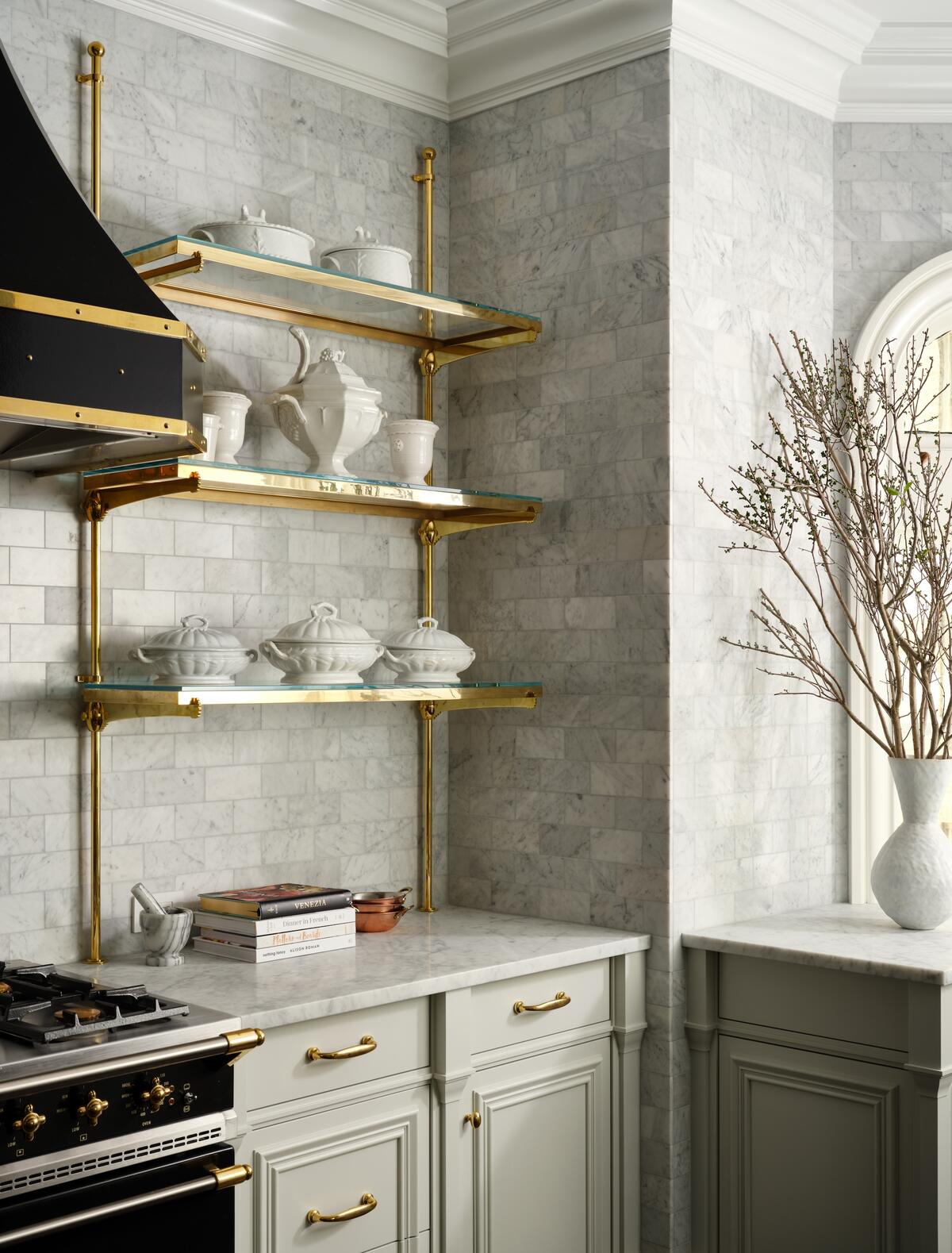
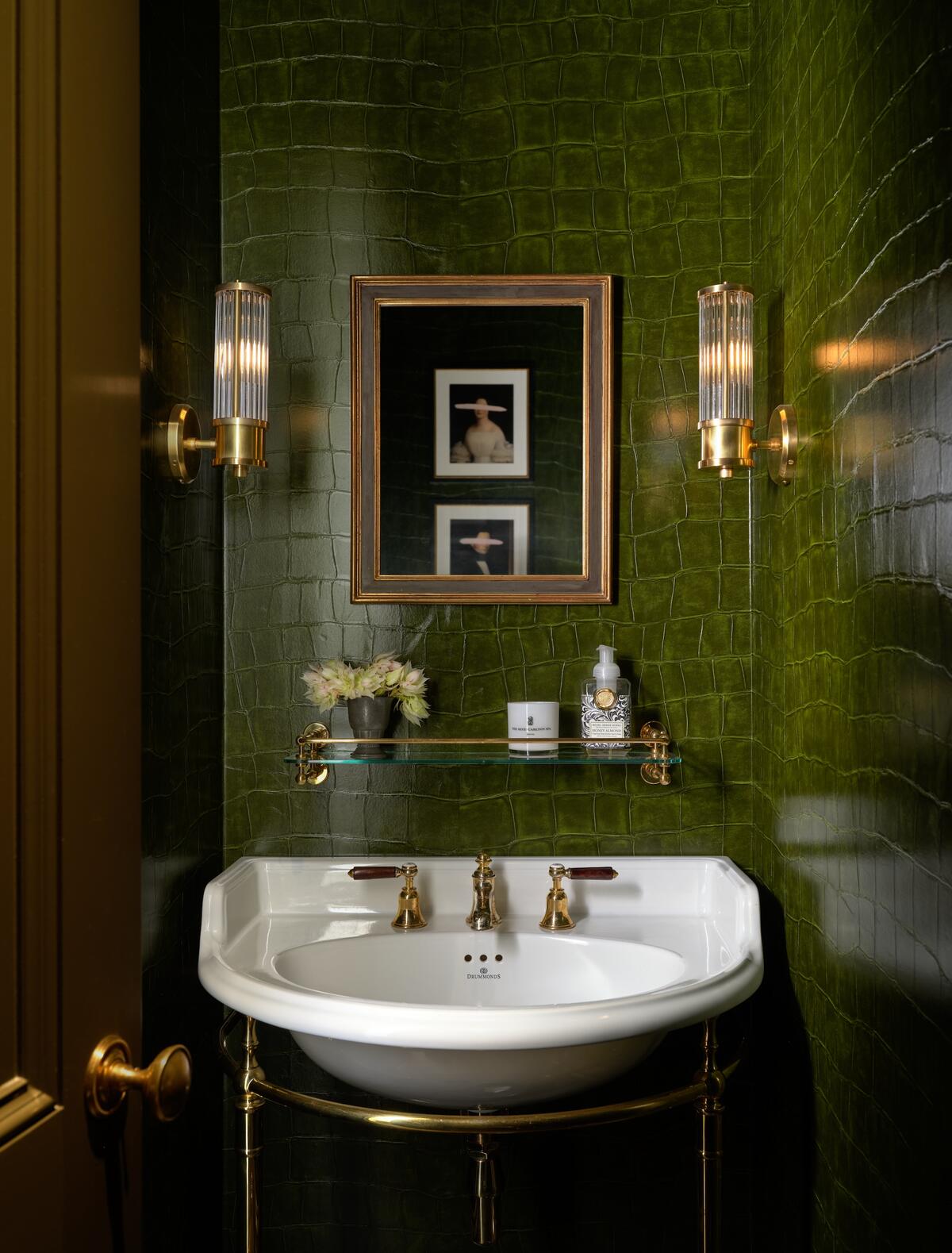
Can you tell me a little bit about your approach to billing for the firm’s work?
I started out hourly, and while I’ve played around with set-fee projects, I always go back to billing hourly. Scopes are ever-changing in residential design, and I have found that I end up spending more time than I expected—or having to revise contracts and paperwork to encompass new scopes. It’s also really hard to pivot when you’re in the middle of a project—where you’re like, “Oops, this is not what we agreed to”—because there are so many variables along the way.
I am also not the type of designer who will come in and say, “We must do X, Y and Z to work together.” I tend to be a little bit more flexible. If a client wanted to go shopping on their own and come back to me with information, I’m OK with that, as long as we’re talking about it. Why not? If they come back with something they fell in love with, I might be like, “That is a great choice.” Or I might be like, “I know something that’s almost identical, but better.” It gives them a little bit of control over their project, too. We do have clients who are like, “Yes, please do everything,” but we have other clients who love the process and want to be involved. By billing hourly, we’re able to concentrate on the design work [no matter how the client wants to work].
How do you let clients get involved without losing control?
It goes back to trust—and maybe boundaries, too. Because if my client happened to be online shopping on their own, I have no problem telling them that what they found does not work. I am the designer, and they trust me to be their designer—I am going to guide them and be their advocate to have the most beautiful products in their home.
I haven’t ever had clients go out and buy something and not tell me. But that does go back to that initial, like, “Do we have trust here? You’ve hired us for a reason. If you were going to go rogue, we should have never gone down this path.”
Are you also charging a markup on the products you source?
This is where it always gets tricky. I’ll probably get so much flak for this, but I’ve always believed that spending time on the design is the most important part of a project. If I really want a piece of furniture for a job and it’s going to make or break our budget, I am more than happy to give it to them at cost, always, because at the end of the day, my time is better spent making the designs perfect and collaborating with the team. Maybe we could have a larger company or a more financially successful one if we were to up-charge every single piece that we use in our designs, but I just don’t believe in that.
Do you have a set markup that you come in with as a starting point, and then adjust as needed?
No, I do not. To me, it is about the value of working with us. If I’m finding this product, presenting this product, and reaching out to vendors about this product, I have spent a lot of billable time to acquire this product for you. I don’t need to then up-charge it an arm and a leg [on top of those billable hours] because I want my time to be valued from the design standpoint. And look, I do think that markups are totally justified, but I also think what I have stayed true to is valuing the right piece over making money off of the product.
For so many designers, markup is where all of a firm’s profit comes from. If you aren’t relying on that, can I assume that you are profitable from your billable hours?
Billable hours are where our financial health comes from. I can’t just rely on product, because that’s always going to be a variable. My time is not a variable.
You mentioned that you had tested out the flat fee. Did you actually go through with it on a project and realize it wasn’t for you? Or what was that experimentation like?
I’ve done it a few times. We did a furnishings project for a primary suite where I did a set fee, and we spent much more time than what we set the fee at, even though we had done all kinds of projections for the hours based on previous projects. And then I did a very large project—an entire apartment with all-new custom furnishings—and I was very detail-oriented about inclusions, exclusions and budget. I put a lot of work into it upfront, just to make sure that every piece of the puzzle was accounted for, so the admin work was very front-loaded before we were even able to sign that project. And in the end, it’s not that it wasn’t profitable, but it wasn’t as profitable as it would have been—especially given that we are flexible with the products that we’re recommending.
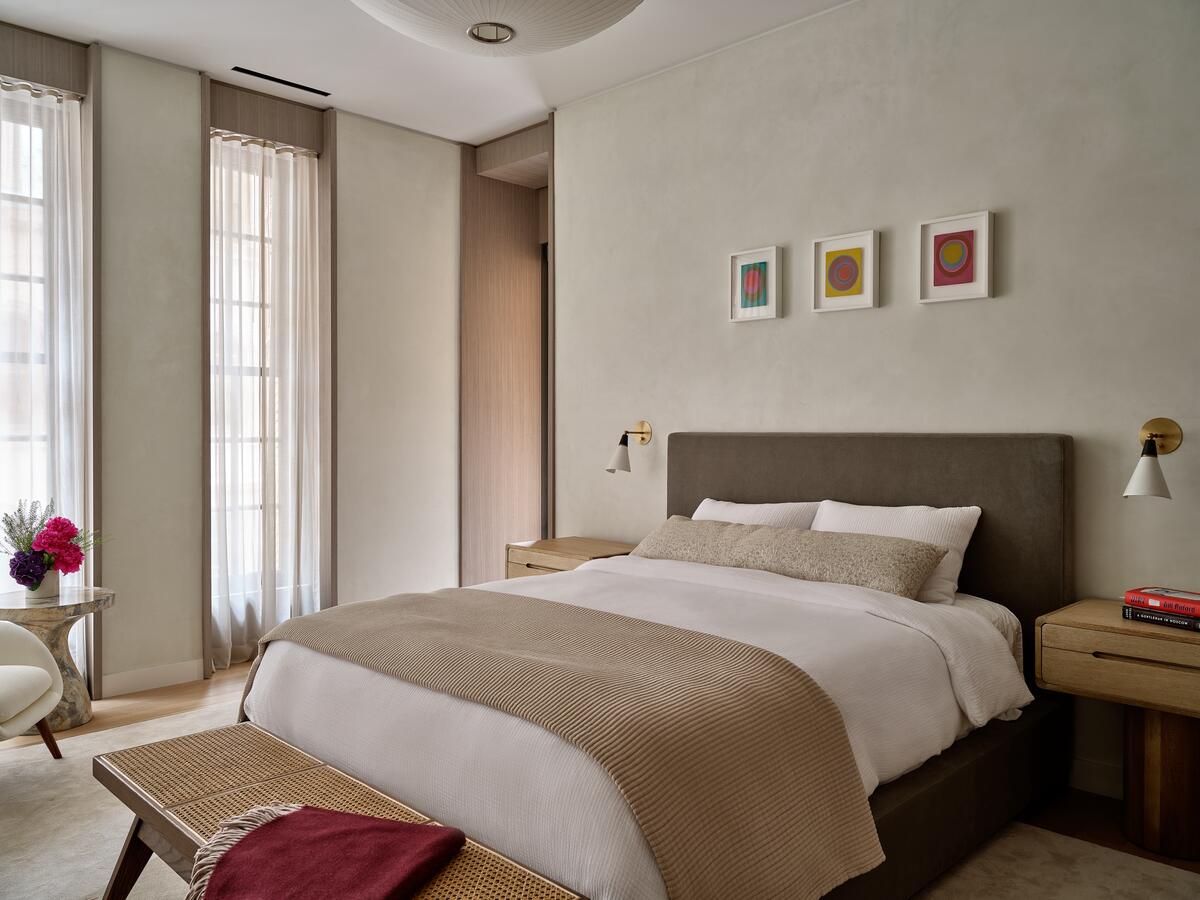
What was your greatest breakthrough around billing? What helped you feel confident in your approach?
I think it’s our detail-oriented approach. I have every single person in my office entering their time throughout the entire day. That might sound tedious, but it’s so easy. You keep the little time clock in the corner of your screen as you’re working on something—you turn it on, you turn it off when you switch to something else, and you make a quick note. If they’re working on proposals for a client, it’ll say, “I worked on X number of proposals during this period of time.” It’s really black and white. And while we do not submit our time sheets to our clients, I feel extremely confident that we’re being very accurate with what we’re working on throughout the day and week, so I know that we’re giving our clients exactly what we said we would.
There’s fairness in that.
Yes—it’s fair to everybody. No one wants to feel like they’re being taken advantage of, and that’s on both sides, clients and designers. We all have gripes about that. So I feel like continuing to stay transparent about how much time something takes to do—I mean, we’re not wizards, you know? We’re designers, we’re artists, and it takes time to create something.
Is that ever a tricky conversation with a client?
Absolutely. It’s definitely something that can be difficult to navigate with clients. I have had many experiences throughout the years where a client will receive a bill and say, “I can’t believe you worked 45 hours,” or whatever the number might be. But when you break down 45 hours over a month, that’s minimal. And because we have our time sheets, we’re able to break it down: We spent X amount of time on drawings and X amount of time communicating with vendors. If this doesn’t align with your expectations, let’s talk about what amount of our time is needed for what.
It actually goes both ways. Because so much design is readily available online, clients also know how much of their personal time they spend looking. I’ve had clients say, “I was searching for this for two hours,” and I’m like, “Yeah, I’ll bet you were.”
What does success mean to you?
Success [in business] for me is having consistency—not only the amount of jobs that we desire throughout a year, but the scale and scope remains consistent. And then my success is that not only is my client happy with the end result, but I am too. Like so many other designers, I have had experiences where I walked into a project after I’d spent so much time and energy, and I just wasn’t 100 percent happy. I want to feel as good as my clients feel. I want to know that there’s fulfillment on both sides.
To learn more about Alexii Friedman, visit her website or find her on Instagram.
















